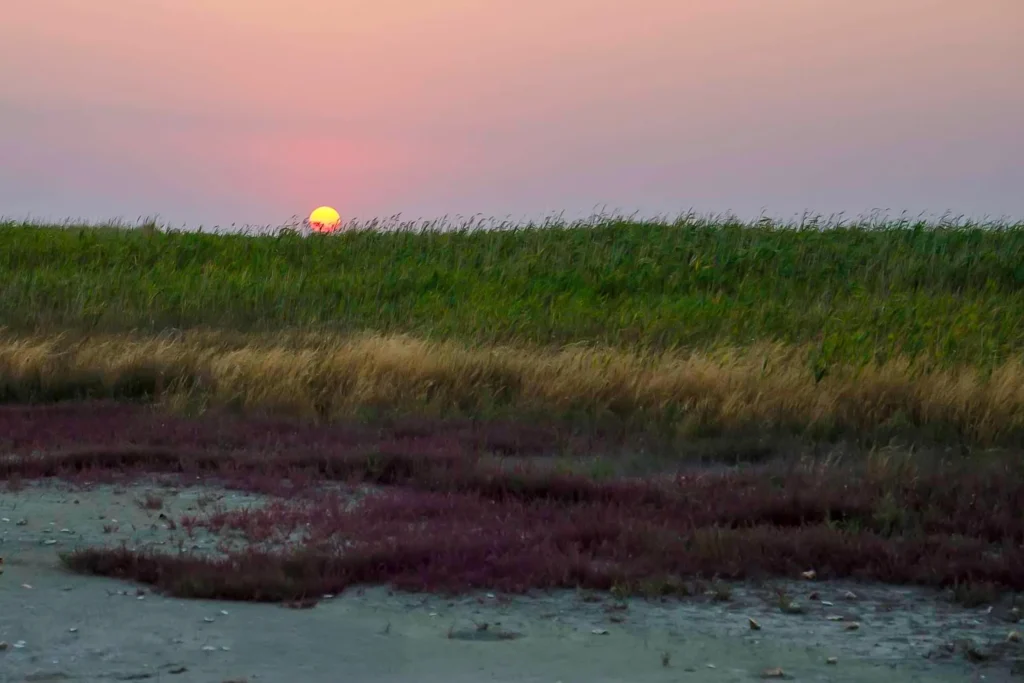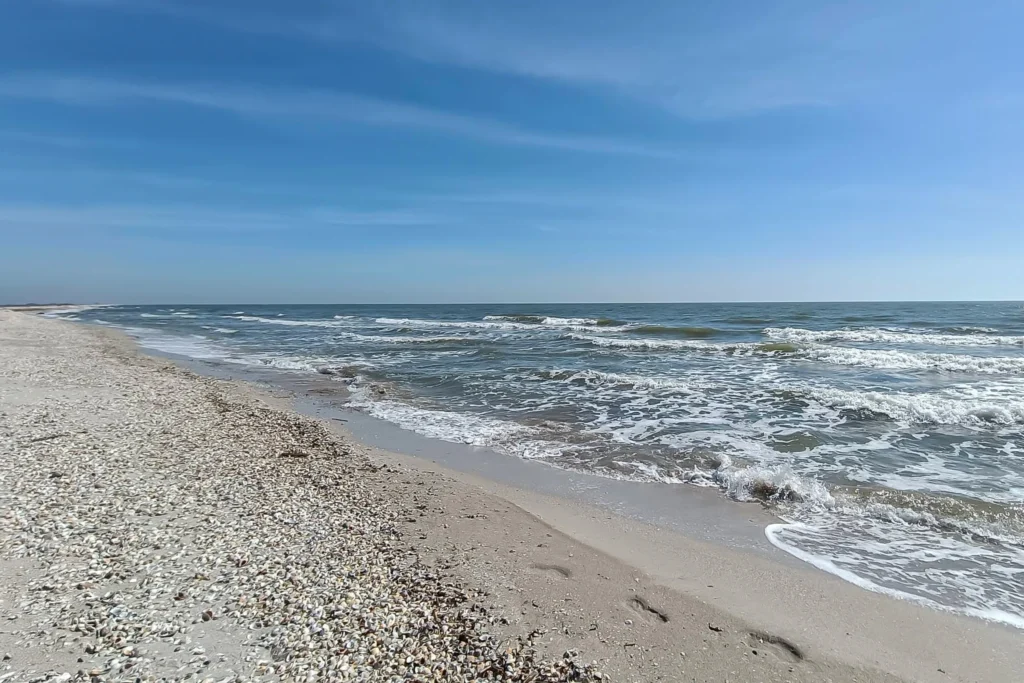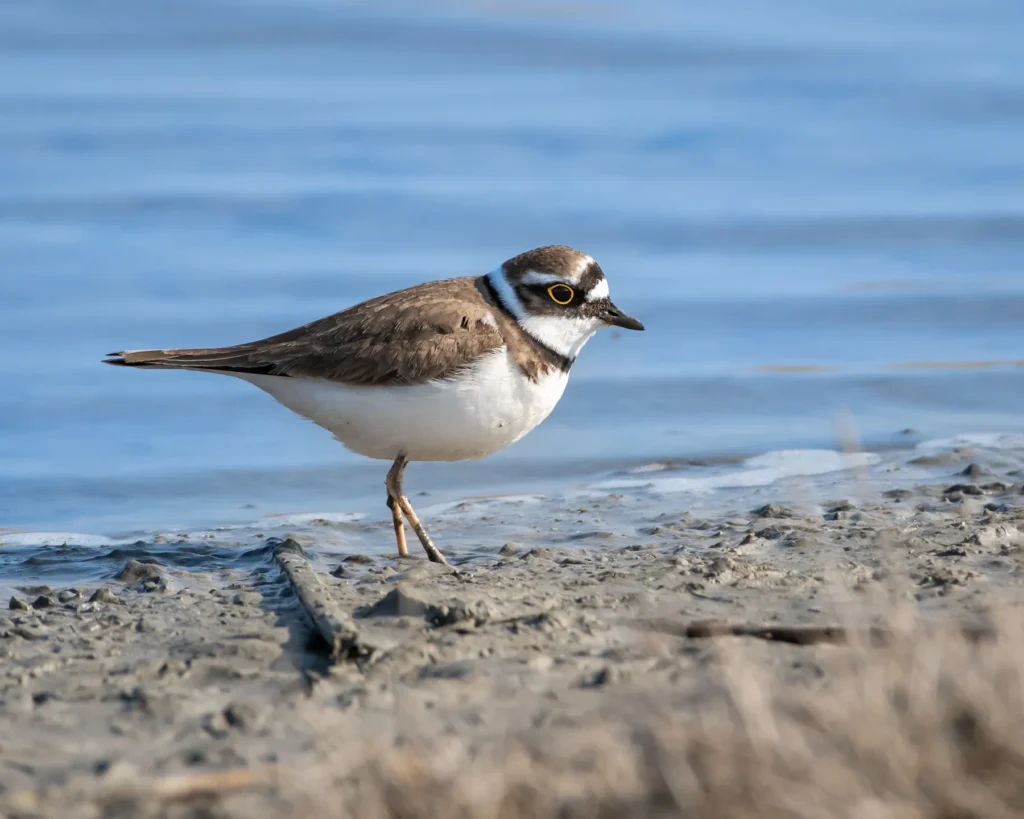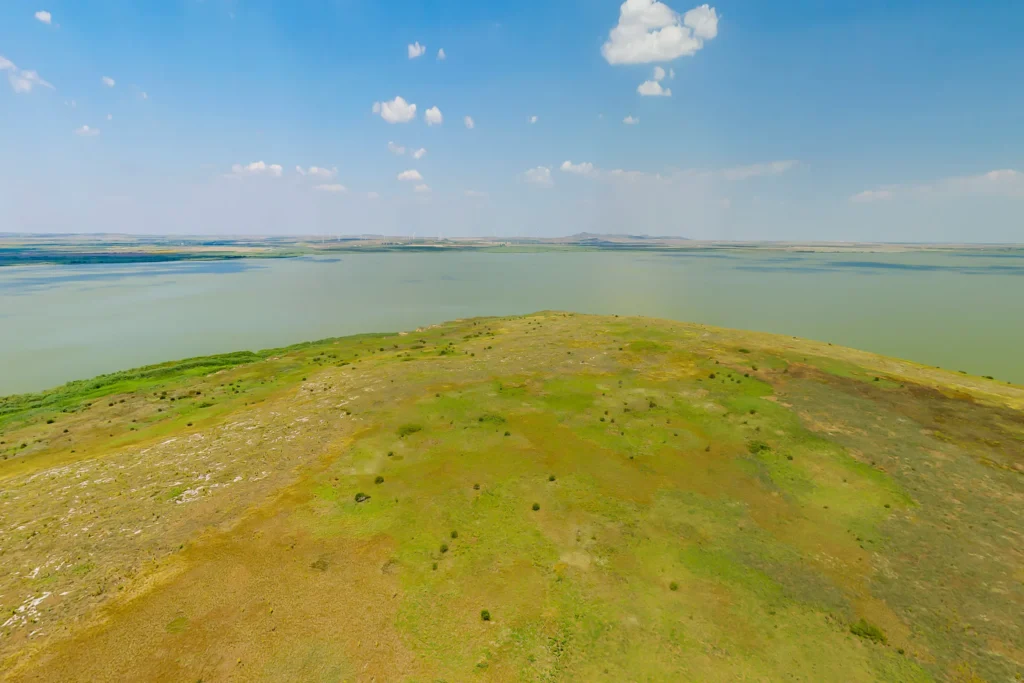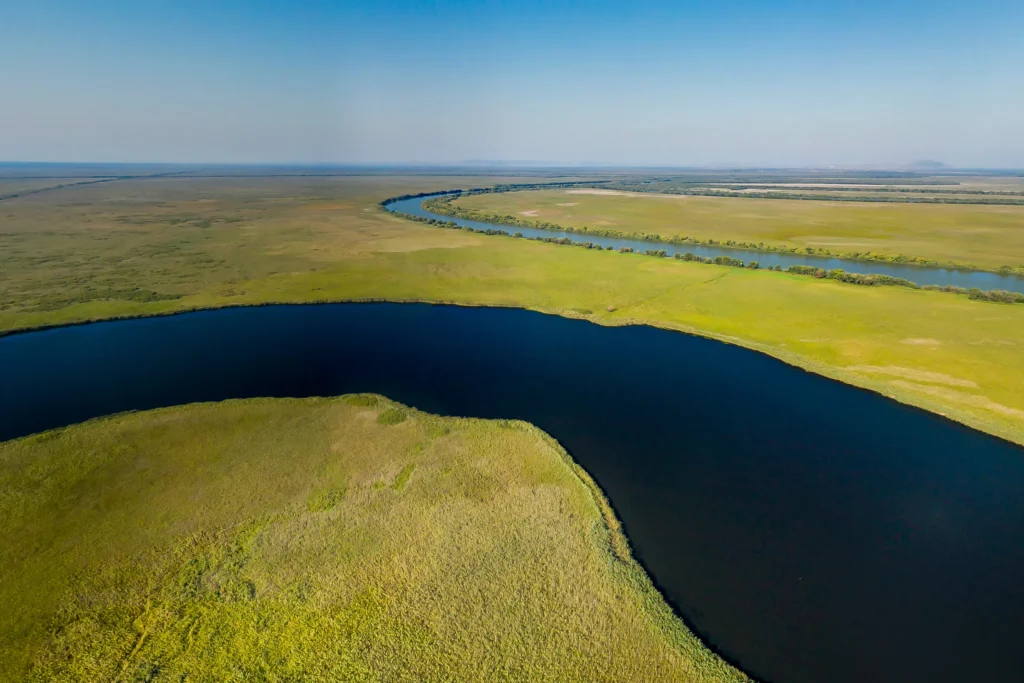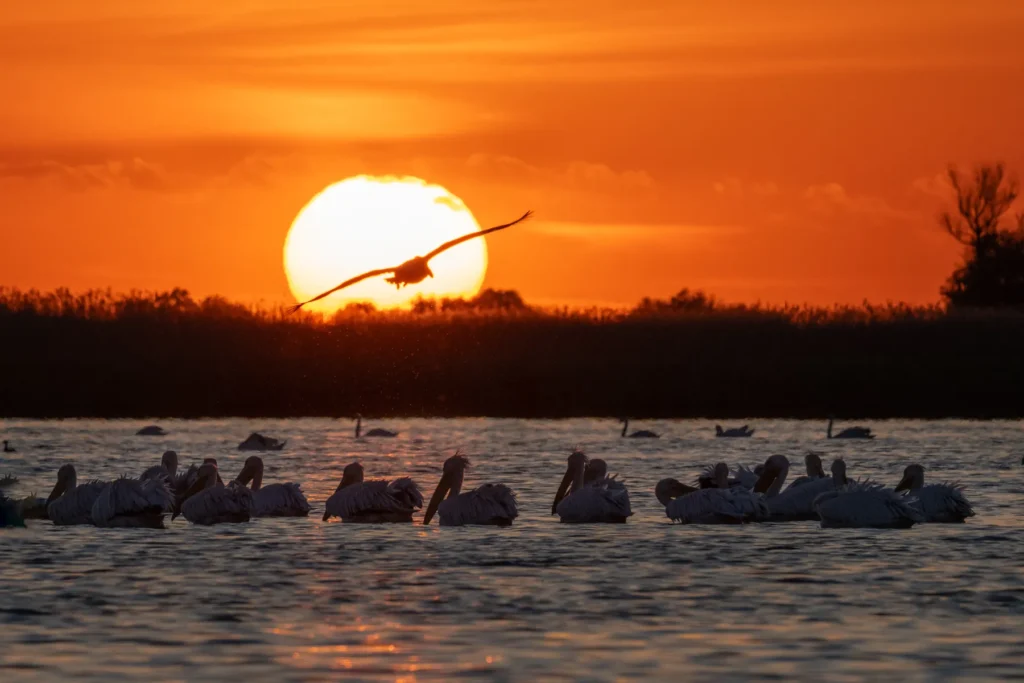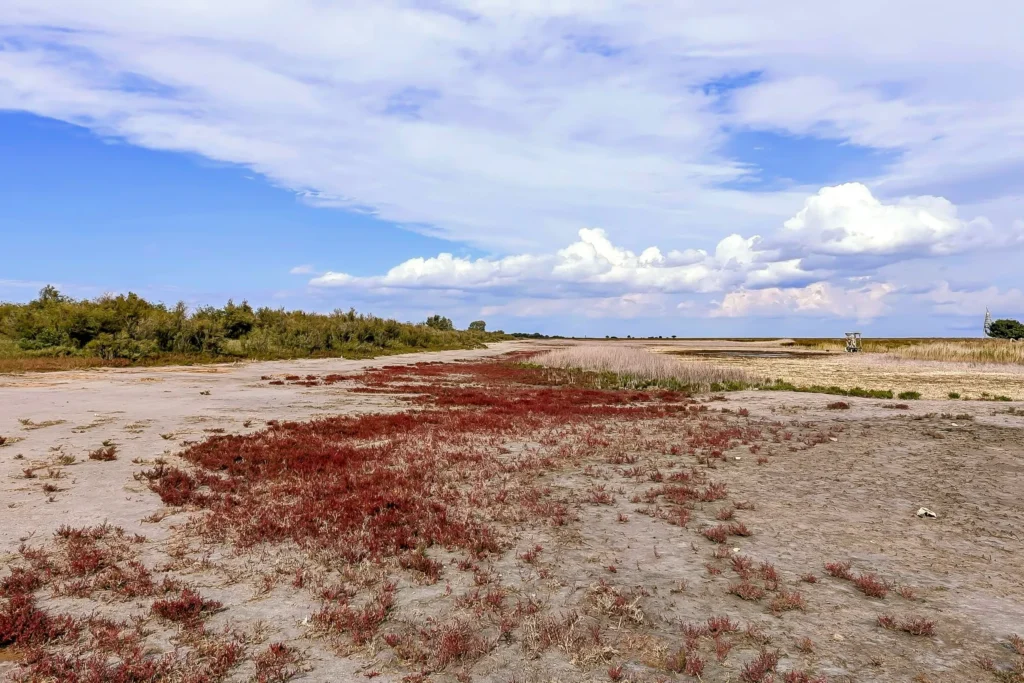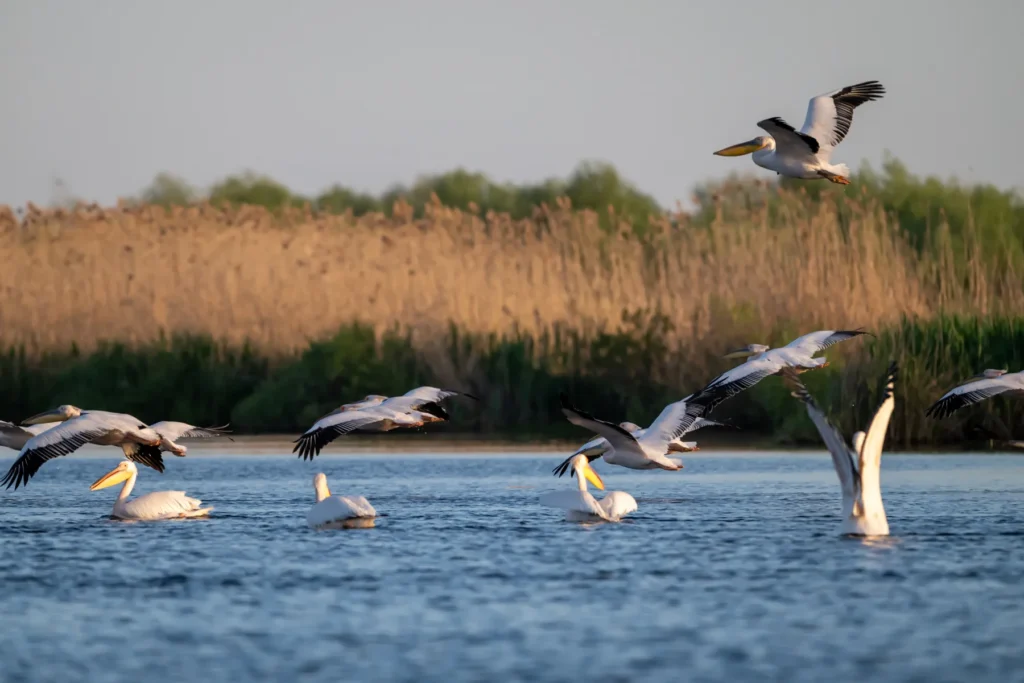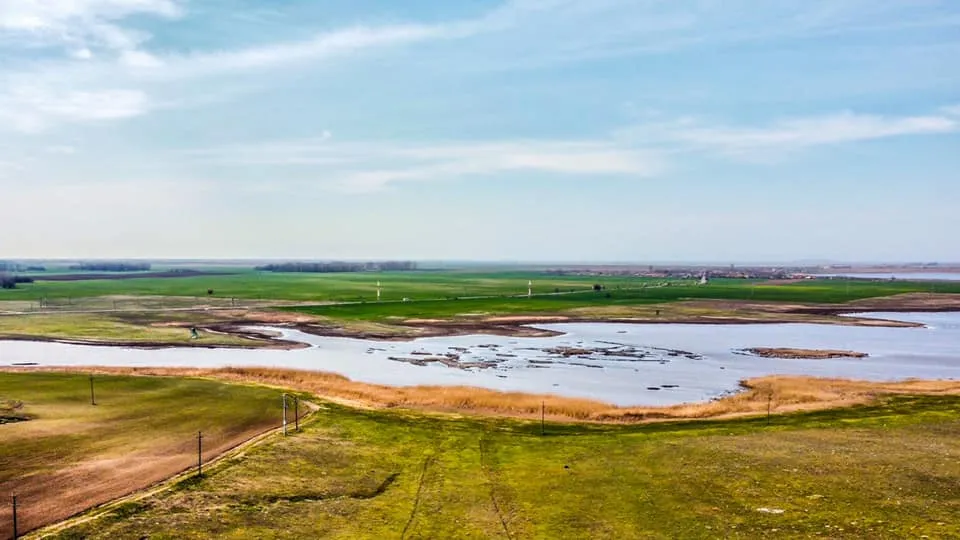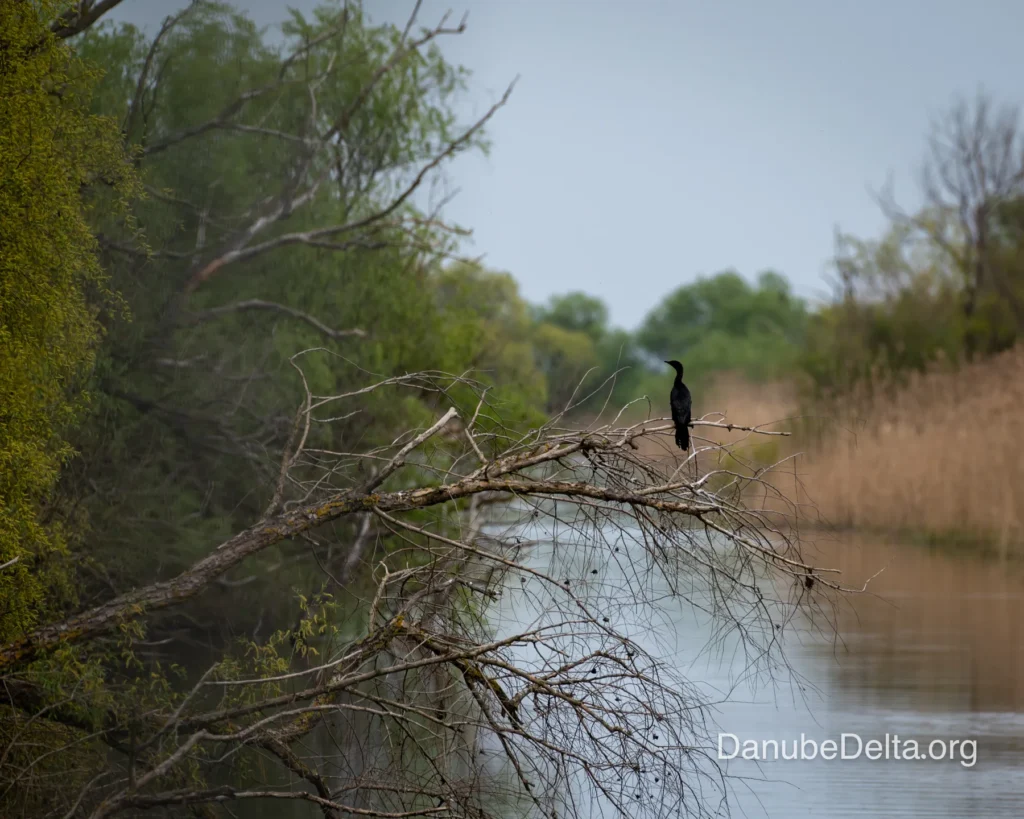Erenciuc Arinis, a strictly protected area in the Danube Delta
Erenciuc Arinis - Danube Delta
Arinișul Erenciuc: Black Alder Forest in the Danube Delta - Conservation Status, Biodiversity and Implications for Responsible Tourism
General Framework of the Arinișul Erenciuc Reserve
The Erenciuc Arinișș is a protected natural area of national interest, an ecological enclave of particular importance located within the Danube Delta Biosphere Reserve (DDBBR), recognised for its specific biodiversity, being unique in that it is home to the only compact formation of black alder (Alnus glutinosa) in the Delta. Its "strictly protected area" status recognises its critical value for the conservation of Romania's and Europe's natural heritage, playing a key role in maintaining the ecological balance of the region.
Historically, the reserve was established in 1961 and was declared a protected area of national interest in 2000, as part of the extensive network of protected areas in the Delta.
Legal, Administrative and Geographical Framework
Legal status and history of the declaration
Arinișul Erenciuc is a protected area of national interest that corresponds to category I of the International Union for Conservation of Nature (IUCN), being defined as a "strict nature reserve of avifaunal and forest type". This legal status requires the highest level of protection, prohibiting any form of economic activity within it. Access is allowed for scientific research and monitoring purposes only, with prior authorisation from the authorities.
The legal basis for its protection was established by Law No. 5 of 6 March 2000, which approved the National Spatial Plan - Section III - protected areas. Subsequently, Government Decision No 248/1994 helped to specify the boundaries of this fully protected area. Thanks to its inclusion in the Danube Delta Biosphere Reserve, Arinișul Erenciuc also enjoys international recognition, being part of the UNESCO World Heritage and the Man and Biosphere Programme. It is also included in the Natura 2000 European ecological network, being part of the ROSCI0065 and ROSPA0031 sites.
Location and physical characteristics
Geographically, the reserve is located in Tulcea County, in the administrative territory of Sfântu Gheorghe commune, in the southern part of the Delta. It is situated on the left bank of the Sfântu Gheorghe Arm, close to the point where it flows into the Black Sea. From the hydrographical point of view, the reserve includes the black alder forest on both sides of the access channel to Lake Erenciuc, being delimited to the south by the Sfântu Gheorghe Arm and to the north by the lake of the same name.
The protected area totals 50 hectares, making it the smallest strictly protected area in the Danube Delta. The geographical coordinates of the area are specified as 44°56′22″N and 29°32′36″E. This small area, but of immense ecological value, emphasises the fragility and the need for extremely rigorous conservation management.
Administration and management
The Administration of the Danube Delta Biosphere Reserve (ARBDD) has the main responsibility for the management and protection of the Erenciuc Ariniș Ariniș, with the objectives of conserving the natural heritage, promoting the sustainable use of resources and ecological reconstruction of degraded areas.
A critical issue affecting management effectiveness is the so-called "dual administration" of the forest, where responsibilities are divided between the ARBDD and the National Forestry Agency (RNP). This fragmentation of authority, rather than strengthening protection, can lead to systemic inefficiencies. While the ARBDD focuses on conservation, RNP has a forestry mandate, even in a restrictive regime. This can significantly hamper decision-making and the rapid and coherent implementation of management plans. The lack of a single, clear administrative structure can lead to delays in implementing the necessary protection measures, jeopardising an already fragile ecosystem and making its status as a "strictly protected area" difficult to apply consistently.
Biodiversity: An Exceptional Ecological Enclave
Flora and ecological features
The main characteristic feature of the Erenciuc Arinjsul reserve is the compact presence of black alder forest (Alnus glutinosa), a unique forest formation in the Danube Delta. This tree species plays a vital ecological role in wet habitats. Black alder favours moist soils rich in humus and mineral substances and can withstand short-term flooding. One of its key attributes is its ability to fix nitrogen in the soil by symbiotis with certain root bacteria, thus helping to improve soil fertility.
One worrying aspect is the decline in the black arin population, which has been noted since the reserve was established. The causes of this decline are complex and go beyond illegal logging. An in-depth analysis of the ecological requirements of the species, which does not tolerate large variations in water levels, points to a possible link with changes in the hydrological regime in the Delta. Larger than natural water fluctuations or prolonged periods of drought could seriously affect the health of the trees, leading to their weakening and death, even in the absence of direct human intervention. This situation demonstrates that an effective conservation policy must combine guarding and surveillance with active monitoring of environmental factors and local hydrology.
The table below summarises the botanical and ecological characteristics of black alder, the key element of this reserve:
| Feature | Details |
| Scientific name | Alnus glutinosa (L.) Gaertn. |
| Popular name | Black Arin |
| Favoured habitat | Wet, deep soils and high groundwater levels along watercourses. |
| Ecological role | Fixes nitrogen in the soil, improving soil fertility. |
| Specific in the Delta | The only compact black alder forest formation. |
| Local status | Declining population affected by logging and fires. |
| Habitat for | Provides optimal harbouring and nesting conditions for the bald eagle. |
Protected birdlife
The Arinișul Erenciuc Reserve has a significant avifaunistic value, a vital role as a nesting and refuge area for rare bird species. The most important protected species that finds an ideal habitat here is the white-tailed eagle (Haliaeetus albicilla), a rare bird of prey whose presence emphasises the critical importance of the maple forest.
The existence of a viable population of Turkey Vultures in the Erenciuc Ridge is directly linked to the health of the forest. Bald eagles need tall, mature and sturdy trees to build their massive nests, and the compact maple forest provides exactly these conditions. The decline of the black alder population, documented in recent decades, poses a direct and imminent threat to the white-tailed hawk. Continued degradation of the forest, either through anthropogenic factors or ecological changes, would inevitably lead to loss of nesting habitat, jeopardising conservation efforts for this emblematic species. This emphasises a deep ecological interdependence: the integrity of one element of biodiversity (flora) is crucial for the survival of another element (fauna), demonstrating the fragility of the entire ecosystem.
Conservation Threats and Challenges
Causes of ecosystem degradation
Despite its status as a strictly protected area, the Erenciuc Ridge faces a number of significant threats. Anthropogenic pressures are evident, with illegal felling of trees and vegetation fires identified as contributing factors to the significant decline in the number of arinus since the reserve was established. Such illegal acts, despite strict regulations, emphasise the continued vulnerability of the area.
Another risk factor is the unauthorised access of tourists and fishermen, who may enter the area with motorised boats or cause vegetation fires. A concrete example is a fire that broke out at the edge of another forest in the Delta, the Caraorman Forest, caused by a car's exhaust pipe, and a similar risk may also occur in the Erenciuc Ariniș. In addition to these direct threats, the root causes of degradation may also be linked to hydrological changes and general water pollution, which affect the soil and thus the health of the trees.
Active conservation measures
In an effort to protect the reserve, several measures have been implemented. Entry into the strictly protected area is prohibited, except for research and surveillance activities. According to sources, more stringent protection measures have been adopted in recent years, including the supervision of entrances by a ranger and the limitation of permitted routes.
The management of the reserve, although facing administrative difficulties, aims to conserve habitats through specific management plans. Within these black alder habitats, logging is prohibited. However, it is important to note that formal regulations are not sufficient. The decline of the black macaw population in an area with the strictest protection regime signals ineffective enforcement or an underestimation of ecological threats. Real protection of the reserve depends on constant monitoring, the allocation of the necessary resources to cover a large area and, above all, a strategic approach that also addresses large-scale environmental factors, not just direct human actions.
Visiting Rules and Tourist Potential
Access regime and restrictions
The strict protected area status of the Erenciuc Ariniș imposes clear restrictions on visitation. It is forbidden to enter the reserve by land. Tourists can only admire the area from a distance, from boats on specially designated routes.
There are navigable tourist routes that cross through or near the reserve, offering opportunities to see it. For example, the boat tours from Sfântu Gheorghe to Lake Erenciuc include a "very slow" passage through this small but important area. The ARBDD has also established an official terrestrial tourist route, Route D1, which passes through the area of Lake Nebunu and Letea, although there is no explicit mention of direct terrestrial access directly into the Erenciuc Arinj. This approach, which allows for remote visiting, is a necessary compromise solution to balance the public's desire to discover the beauty of the Delta with the imperative to protect fragile ecosystems from the direct impact of human presence. Visitors must respect a code of conduct, which prohibits picking plants, lighting fires, disturbing the peace or leaving rubbish.
Visiting permits
In order to visit the Danube Delta Biosphere Reserve, even on the authorised access paths, tourists need permits issued by the ARBDD. They can be obtained online or at information points in the Delta.
There are also categories of people who benefit from free permits, including schoolchildren, students, pensioners, war veterans and people living in the perimeter or neighbouring villages of the reserve. These permits are essential not only as a regulatory tool, but also to generate the necessary funds for monitoring, conservation and management of the protected area.
Conclusions and Recommendations for a Sustainable Future
The Erenciuc Ariniș is an area of vital importance for the biodiversity of the Danube Delta, representing a unique black alder forest ecosystem and a key habitat for the rare and protected white-tailed eagle. Although benefiting from the strictest protection regime, the reserve faces significant challenges, ranging from direct anthropogenic pressures such as illegal logging and fires to subtle ecological degradation caused by possible hydrological changes.
To ensure long-term conservation, the following strategic actions are needed:
- Clarifying the administrative framework: A solution to the problem of "double administration" is needed to ensure a unified, efficient and firm implementation of conservation plans. A single, coherent authority would eliminate delays and maximise the effectiveness of protection measures.
- Advanced monitoring: It is recommended that detailed hydrology studies and continuous monitoring of the health of the alder forest be implemented. Correlation of vegetation condition with water level and water quality measurements is crucial to understand and address the root causes of tree decline.
- Promoting responsible tourism: Educating the public and tour operators about the fragility of the area and the strict rules of visitation is fundamental. Promoting 'slow' and 'managed' tourism, which respects the landing ban and limits noise, is the only way to allow visitation without compromising the ecological integrity of the reserve.
The conservation of the Erenciuc Ridge depends not only on physical protection against direct threats, but also on a scientific and integrated approach capable of addressing the underlying ecological causes of degradation. Only this will ensure the survival of this unique natural treasure for future generations.
Events in the Danube Delta
Accommodation to suit all tastes:
Whether you prefer the cosiness of modern villas, the rustic atmosphere of traditional guesthouses or the adventure of camping, they offer a variety of accommodation options to suit your needs and budget.


